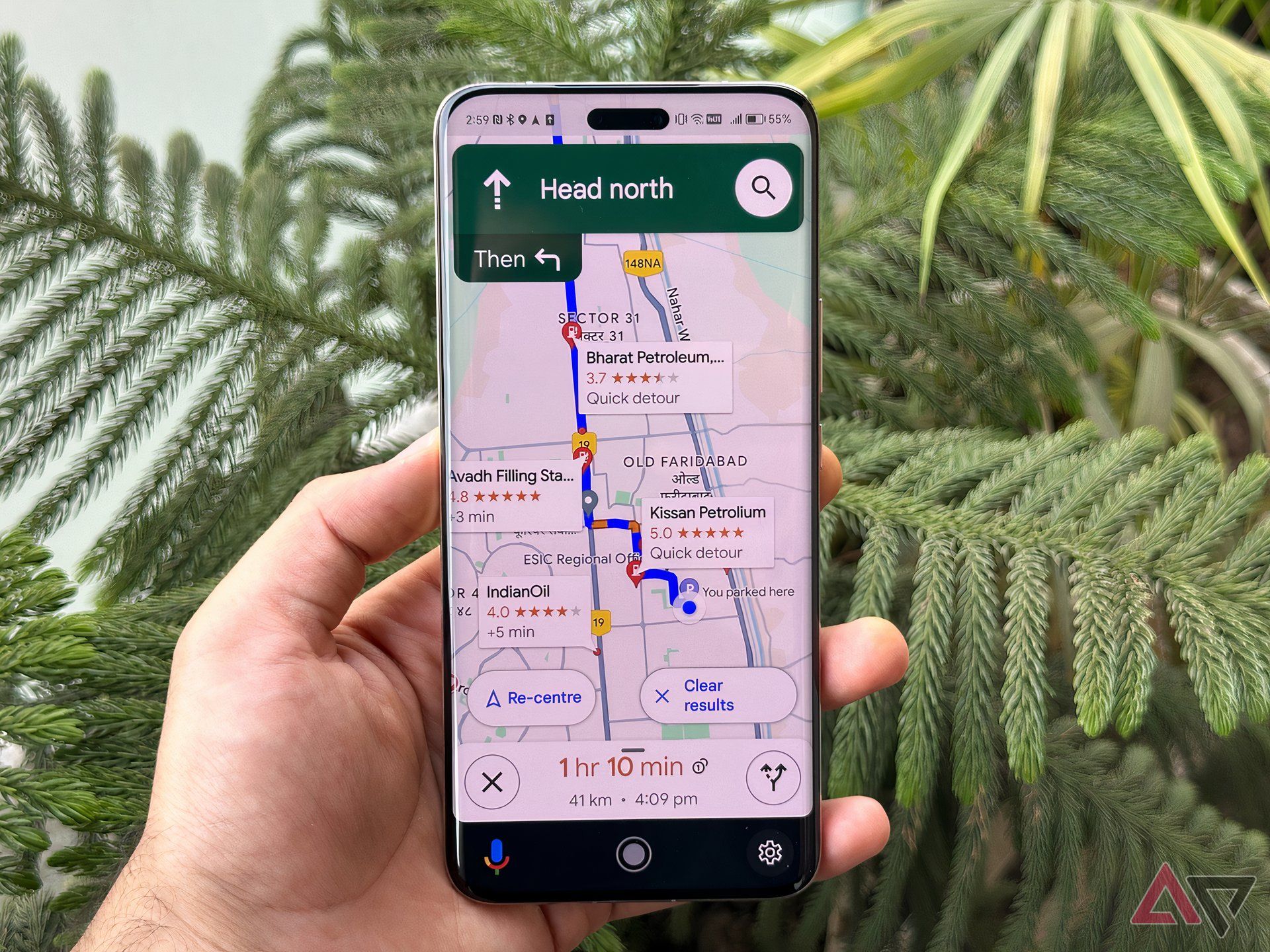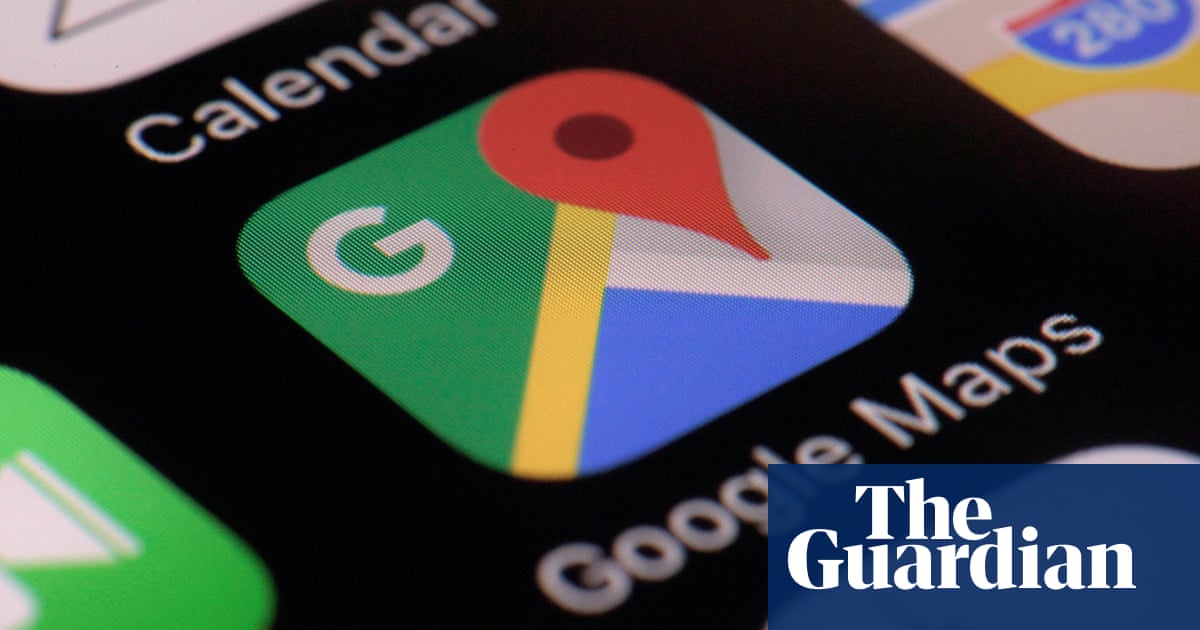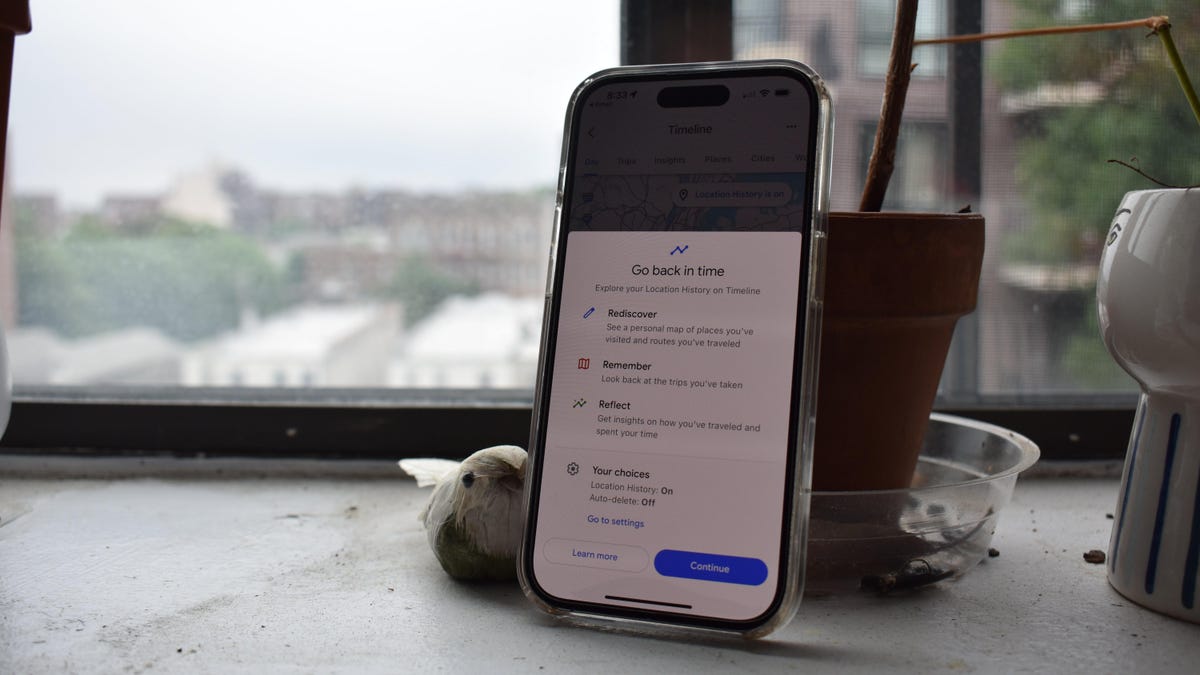
Google Maps, the popular mapping and navigation application developed by Google, is making significant changes to its Timeline feature. The company will transition to on-device data management for the Timeline feature, which means users need to update their Google Maps app and follow instructions in a push notification, in-app alert, or email to retain access to older data.
The change comes as Google is killing off the Timeline feature on the web. Users have until December 1, 2024, to keep their saved visits and routes on the device or back them up. Inaction could result in partial or complete loss of old data.
Google is curating Timeline for each device independently under the new system. The email users receive about this change mentions that Google Maps remains one of the best apps in its segment despite competition, offering trip review features for users.
The Timeline feature provides an easy journey log and has been cloud-delivered for the longest time. However, with this change, it will be stored locally on users' devices instead of on Google's servers. This move is aimed at keeping personal data more secure and private.
Google Maps is a popular mapping and navigation app that offers several features to help plan trips, execute them, and review the stats after the fact. The Timeline feature collates your escapades and serves interesting stats, but some users prefer to have it stored on their devices for privacy reasons.
The changes are gradually rolling out to all users of the Google Maps app. Users are being asked to turn on backups to save an encrypted copy of the Timeline data on Google's servers for transfer when switching devices. The new system curates Timeline for each device independently, and users can manually back up their data if they plan to switch devices without losing the Timeline data.
Google is making these changes in response to allegations that it misled consumers and illegally tracked their movements despite turning off Location History from the account settings by taking advantage of the non-obvious Web & App Activity setting. The company has settled with several states in the U.S. over this practice, with a similar lawsuit pending in Texas.
The development is part of a series of changes Google has enacted to address concerns about privacy and data security. It's important for users to keep their devices updated and follow instructions from Google to ensure they retain access to their old Timeline data.


:format(webp)/cdn.vox-cdn.com/uploads/chorus_asset/file/25479049/google_location_timeline.jpg)

/cdn.vox-cdn.com/uploads/chorus_asset/file/25472451/STK270_GOOGLE_MAPS_A.png)
